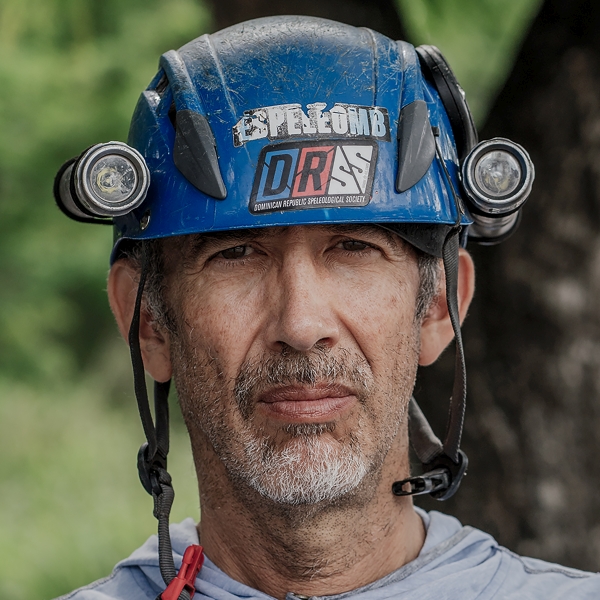

The main goal of this expedition from the Madagascar Karst Exploration Project series was to dive into the deeper areas of the Anjanamba cave using technology that had never before been used in this region.
Previous expeditions revealed two main limitations to further research. The first limitation concerned the limits imposed by open-circuit diving, which constituted an insurmountable barrier considering the depths and distances from the exit encountered in this cave. The second limitation was the size of the restrictions the team encountered in the deeper parts of the cave. Further exploration required passing through a series of small squeezes and tight passages, which eliminated the use of traditional back-mounted rebreathers. A new approach was needed.
Patrick and Phillip decided to use sidemount CCR rebreathers, in which the key elements of the configuration are located on the sides of the diver's body. In such a configuration, the overall profile of the diver is much smaller, which allows for penetration of tight restrictions.
The change in configuration immediately brought results, as the team quickly installed several hundred meters of guide lines in the southern part of the cave. Although the cave had not previously shown any key directional trends, the team, based on their experience in other caves, believed this part to be the most promising.
However, it soon turned out that the cave would not easily surrender its secrets to those who wanted to wrest them.
After many hours of checking all possible corridors, passages, and openings, the team exhausted all options leading southward. Deciding to look at the less promising northern areas, Patrick managed to get through a very tight restriction, then passed the reel to Phillip and entered what at first glance was a dead end. Upon closer examination, a small vertical passage was revealed, which after a moment turned south. Although the passage was very narrow, it stretched for several hundred meters.
At this point, a breakthrough occurred. After changing the reel, Patrick swam through another restriction and the corridor opened up to the largest space the team had discovered so far in Anjanamba. This chamber is partially filled with crystal-clear water to a depth of 24 meters, and its size is so large that despite the excellent clarity of the water, it is impossible to see the entire space in the light of the torches.
This impressive chamber was named Fahazoa Hall in memory of the tribal chief who died earlier in 2019, on whose land the Anjanamba and Andakatomivola caves are located. Chief Fahazoa had given permission for diving in places considered sacred and conducted purification rituals, thereby opening the way to all the team's discoveries in these caves.
During the exploration of Fahazoa Hall, the team did not find any corridor that would allow for further exploration. By this time, the diving time was approaching six hours, and the journey to the exit would take several more. The only chance to discover further sections of the cave was a narrow and inconspicuous corridor at the bottom, and hope was fueled by the fact that it ran southward. Besides, several times in caves discovered on the Mahafaly Plateau, it turned out that a small, unassuming corridor led to new sections of the cave of monumental proportions.
The next day, the whole team went to check the new leads. Phillip and Patrick returned to Fahazoa Hall to film it thoroughly. The corridor running from the bottom of the cave southward, which Phillip had previously discovered, turned out to be so tight that Patrick decided to check it alone. Soon after entering, the almost horizontal corridor turned into a tight, vertical shaft. Patrick descended 30 meters head down, praying in his mind not to have to back out the same way. When at last on the tight and extremely eroded section the corridor widened a bit, Patrick turned back so Phillip could join. Just a few dozen meters further, the passage reached another huge and richly decorated chamber with many options for future exploration.
Despite initial difficulties, the expedition finally ended in tremendous success. A breakthrough was made. The team created maps of over 10,000 meters of new corridors and discovered parts of the cave of incredible scale and potential, with impressively beautiful decorations.
The most valuable lesson learned from exploring in Madagascar is that the most important quality an explorer needs is unwavering persistance
Phillip Lehman, Cave Explorer, CCR Cave Trimix Diver
09.2019
It's your contribution!
By choosing the brands involved in our program for your personal diving, you directly contribute to the support we can provide to ESP divers around the world. Every little bit counts towards reaching our goals.
Thank you!
How to apply?
Share your vision with us. We want to support adventures, explorations, and projects that deepen the understanding of the underwater world.








